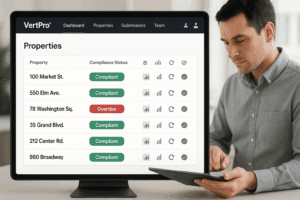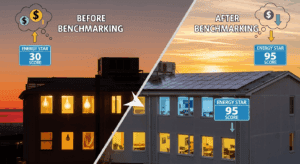Stay Ahead Of Energy Audit Rejections And Ordinance Penalties
As the final quarter of 2025 draws to a close, commercial property owners and managers across the U.S. are scrambling to ensure their energy compliance filings meet regulatory requirements. With enforcement agencies tightening standards and cities like New York, San Francisco, Chicago, and Los Angeles increasing penalties for late or incorrect submissions, reviewing your compliance package before the year ends is key. Why?
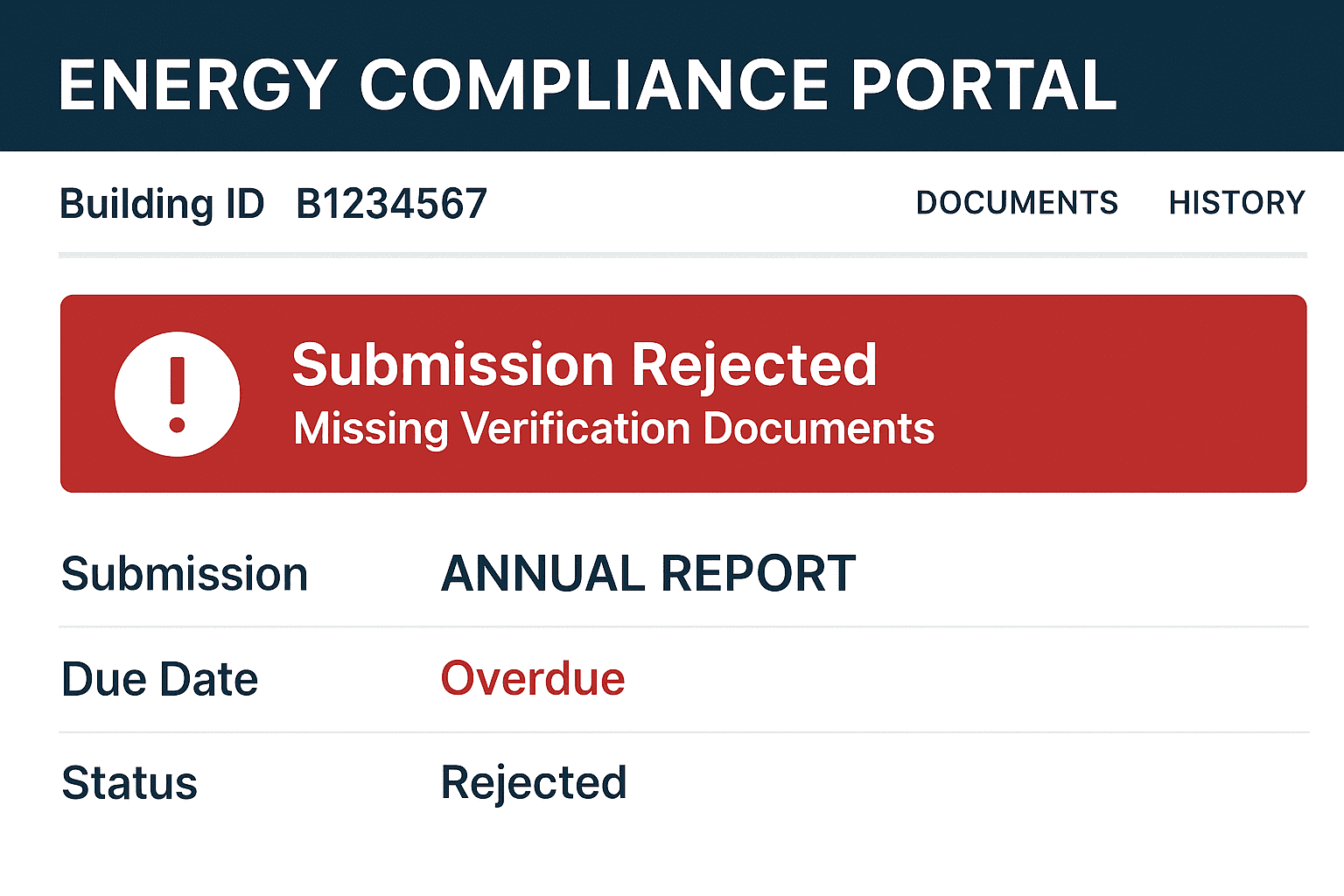
Because, filing an incomplete or inaccurate energy audit, benchmarking report, or retro-commissioning (RCx) document can result in costly delays, rejections, or even fines that quickly add up.
In this article, we’ll walk through the most common compliance filing issues seen in 2025, how to prevent them, and how to prepare a fully QA’d package that passes review the first time.
Why Pre-Submission Review Matters More In 2025
Advanced digital tracking and integrated benchmarking platforms help jurisdictions flag discrepancies in real-time. If your report doesn’t align with a property’s energy usage history, has missing data fields, or lacks certified signatures, the likelihood of rejection is high.
Additionally, 2025 introduced new layers of scrutiny across many municipalities. Some of the updates include:
- Stricter rules around third-party verification
- Digital cross-checking of building IDs with historical performance
- Shorter turnaround times for corrections and appeals
To avoid unnecessary headaches, a comprehensive compliance QA process is now a must, not a maybe.
The Top 5 Most Common Compliance Filing Errors In 2025
Here are the five mistakes most often responsible for energy audit rejections, benchmarking errors, and ordinance non-compliance this year:
1. Incorrect Or Outdated Property Details
Many reports still include outdated square footage, ownership details, or building use types. If your property was renovated, reclassified, or underwent a change in use, those details must be reflected in your audit or benchmarking report.
2. Missing Signatures Or Professional Credentials
Every audit or RCx submission must include certified signatures from qualified professionals (e.g., licensed engineers or credentialed energy assessors). Missing or unverifiable credentials are among the top reasons filings are flagged.
3. Inconsistent Benchmarking Data
Reports often fail when energy and water data do not align with utility records. Cities are using integrated systems to cross-reference utility usage, so inaccurate or estimated data inputs are quickly identified and rejected.
4. Unverified Implementation Of RCx Measures
Submitting a retro-commissioning report isn’t enough, you must also verify that recommended energy improvements were implemented. Many property owners skip this step, thinking submission equals compliance. It doesn’t.
5. Lack Of Supporting Documentation
Energy audits and benchmarking filings must include supporting files, such as equipment logs, maintenance records, or photos, that prove actions were taken. Omitting these is a red flag and often leads to report rejection.
How To Review Your Compliance Package (Without Guesswork)
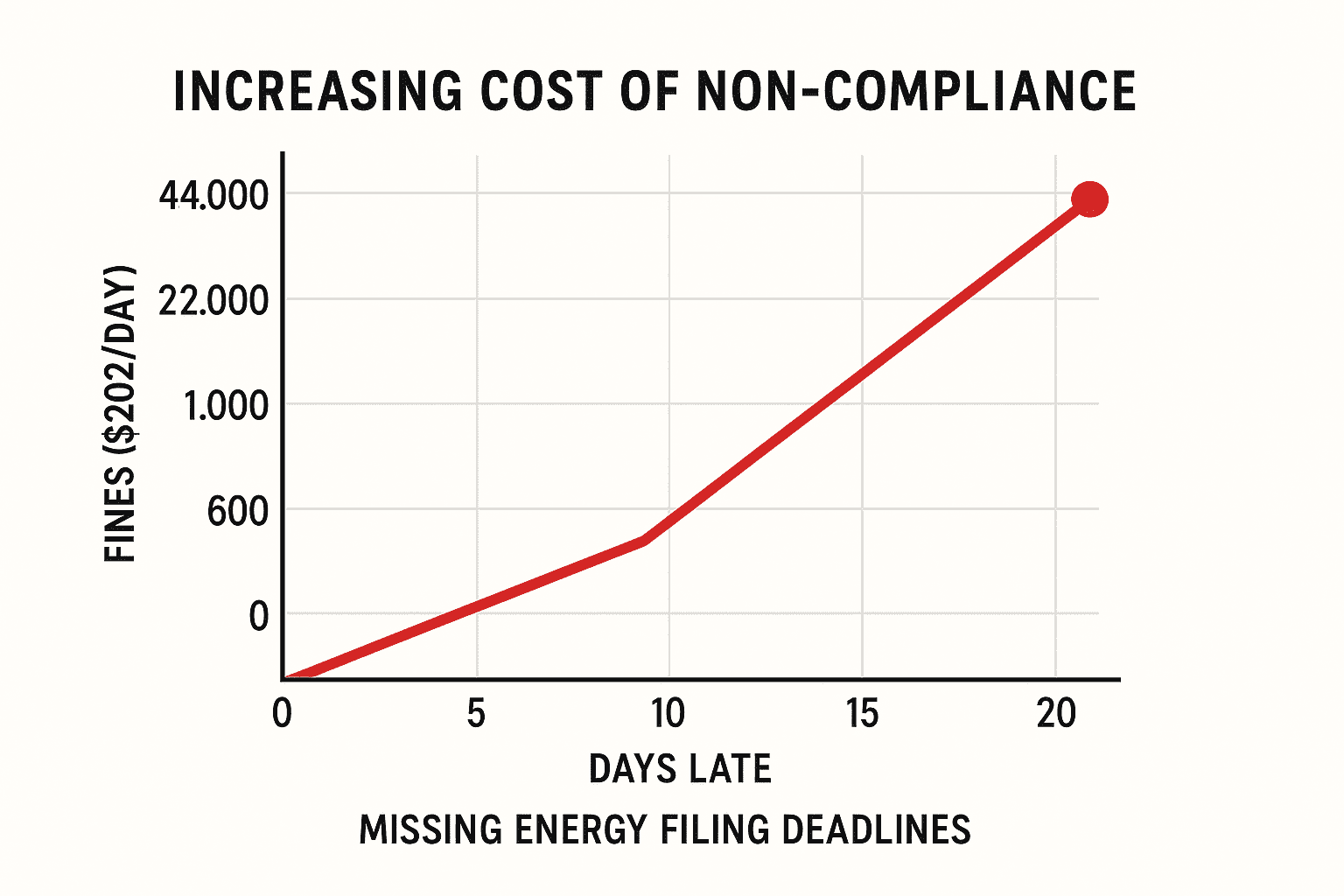
Conducting a proper review requires more than a quick skim of your final PDF. Use the following checklist to ensure your compliance submission meets 2025’s updated standards:
Pre-Submission Compliance Review Checklist:
- Property data updated to reflect any changes in square footage or usage
- Audit type (Level I, II, or RCx) correctly matched to building and local ordinance
- All required fields in ENERGY STAR Portfolio Manager or local portal completed
- Certified signatures from qualified professionals included
- Supporting documentation for any claimed energy upgrades or operational changes
- Utility data verified with actual usage reports from service providers
- Any discrepancies flagged and addressed before submission
- File format and submission method match city ordinance requirements
Why These Errors Happen & How To Avoid Them
Most compliance mistakes aren’t caused by negligence they’re caused by lack of clarity and poor coordination between vendors, consultants, and property teams. In large portfolios, where dozens of properties might be at different stages of the audit cycle, errors multiply fast.
One common scenario: a property manager assumes the energy consultant submitted everything correctly, while the consultant wait on verification documents that were never uploaded. This gap can easily cost $1,000’s in fines.
The solution? Centralize your compliance operations with a system that tracks audit milestones, alerts team members of missing items, and verifies everything before the final submission.
Real-World Impact: The Cost Of Mistakes
Let’s say your 250,000-square-foot commercial building in downtown LA missed its RCx verification by two weeks. With the 2025 fine rate set at $202 per day, that mistake could cost you $2,828, not including correction labor or potential inspections.
Now imagine making that error across five properties.
In contrast, a proper review process costs far less, both in dollars and in peace of mind. That’s why top-performing property owners are investing in pre-submission QA to catch small issues before they become major liabilities.
Your Next Step: Get A Professional Review Before It’s Too Late
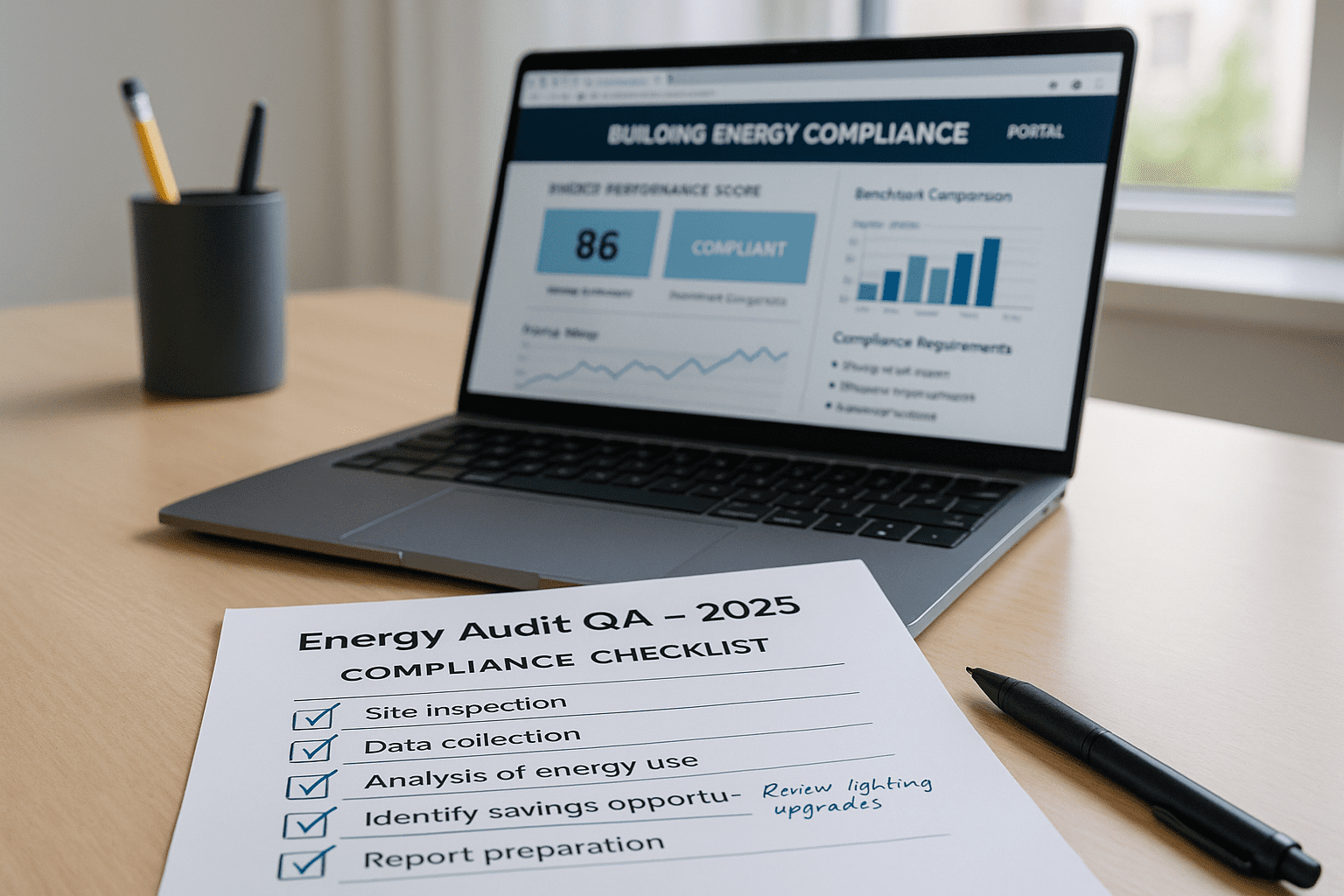
If your 2025 energy audit or benchmarking report hasn’t gone through a thorough quality check, now is the time. With year-end enforcement on the horizon, the window to make corrections is closing fast.
Instead of risking rejection, resubmission delays, or penalty letters, let VertPro® help you complete your filing with confidence.
Our compliance experts will:
- Review your entire package for errors or missing data
- Flag inconsistencies or ordinance violations
- Help you prepare documentation that’s audit-proof and city-ready
Final Thoughts: File Smart, Stay Compliant
The end of the year is when enforcement spikes, and mistakes are punished, not overlooked. By knowing the most common pitfalls in 2025 compliance filings and taking proactive steps to review your submission, you can avoid unnecessary fines, protect your reputation, and maintain full ordinance alignment.
The key to energy audit success is simple: submit early, verify everything, and lean on the right tools. Let VertPro® handle the heavy lifting so your team can focus on running your buildings, not managing compliance chaos.
